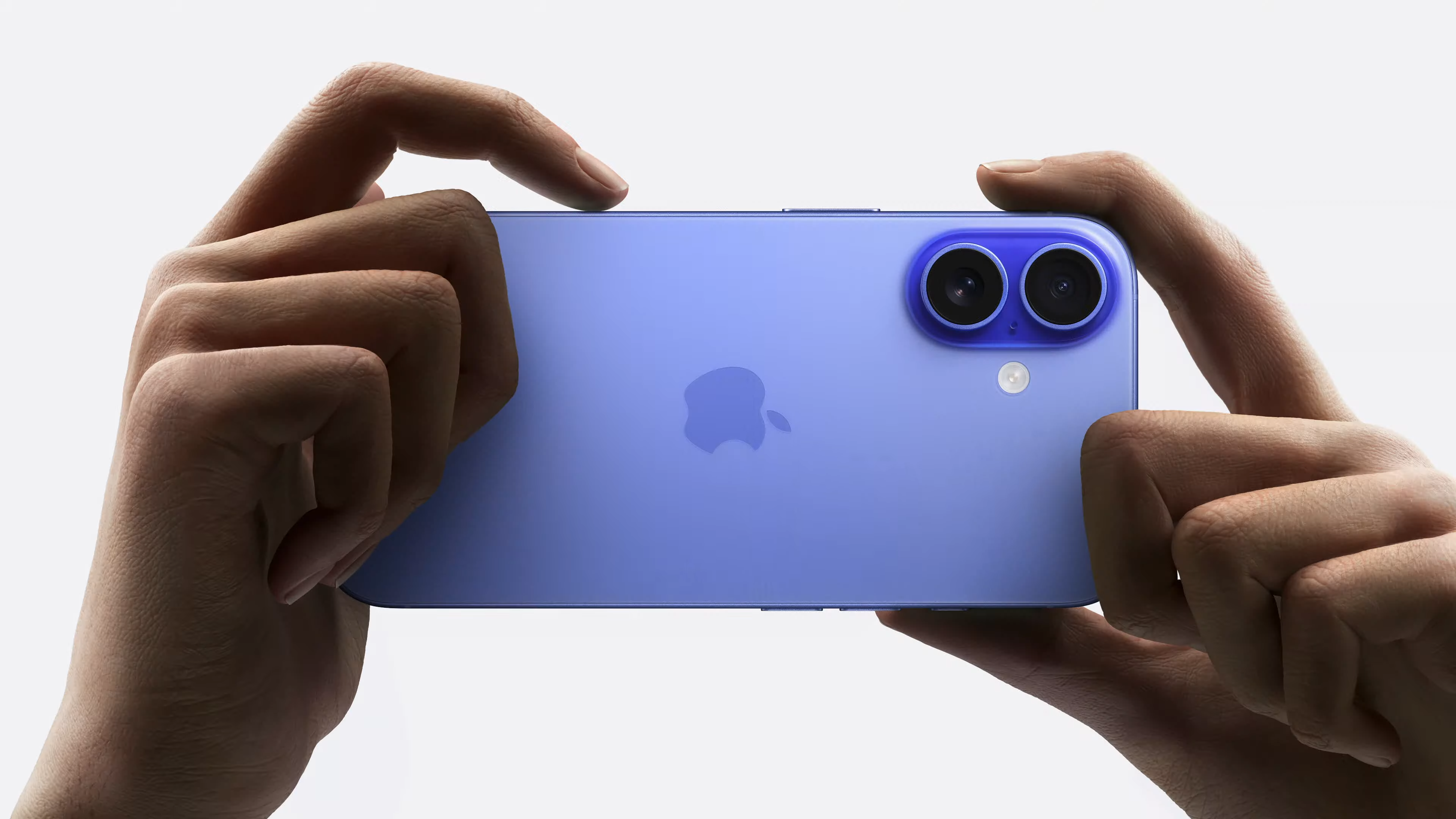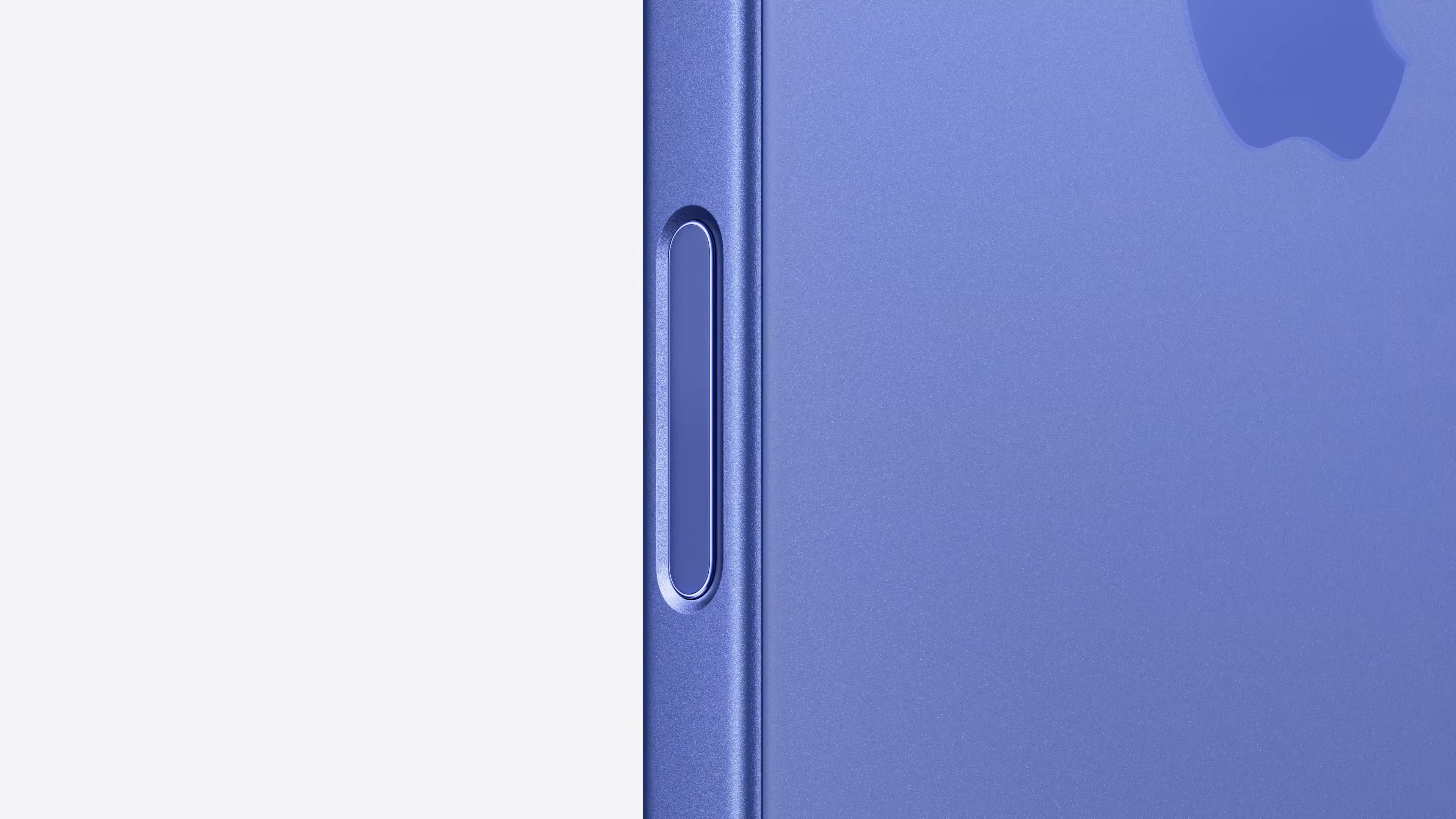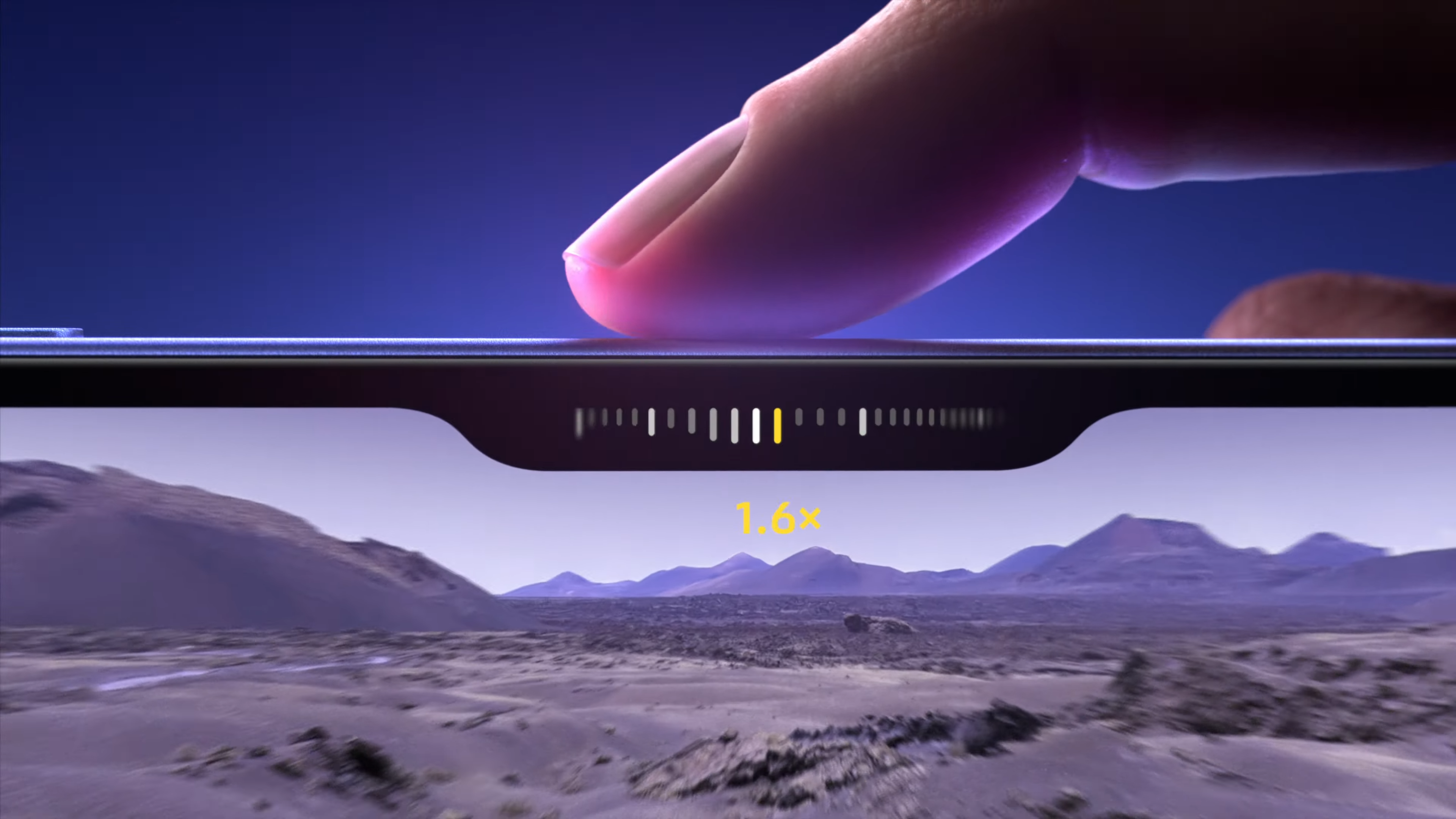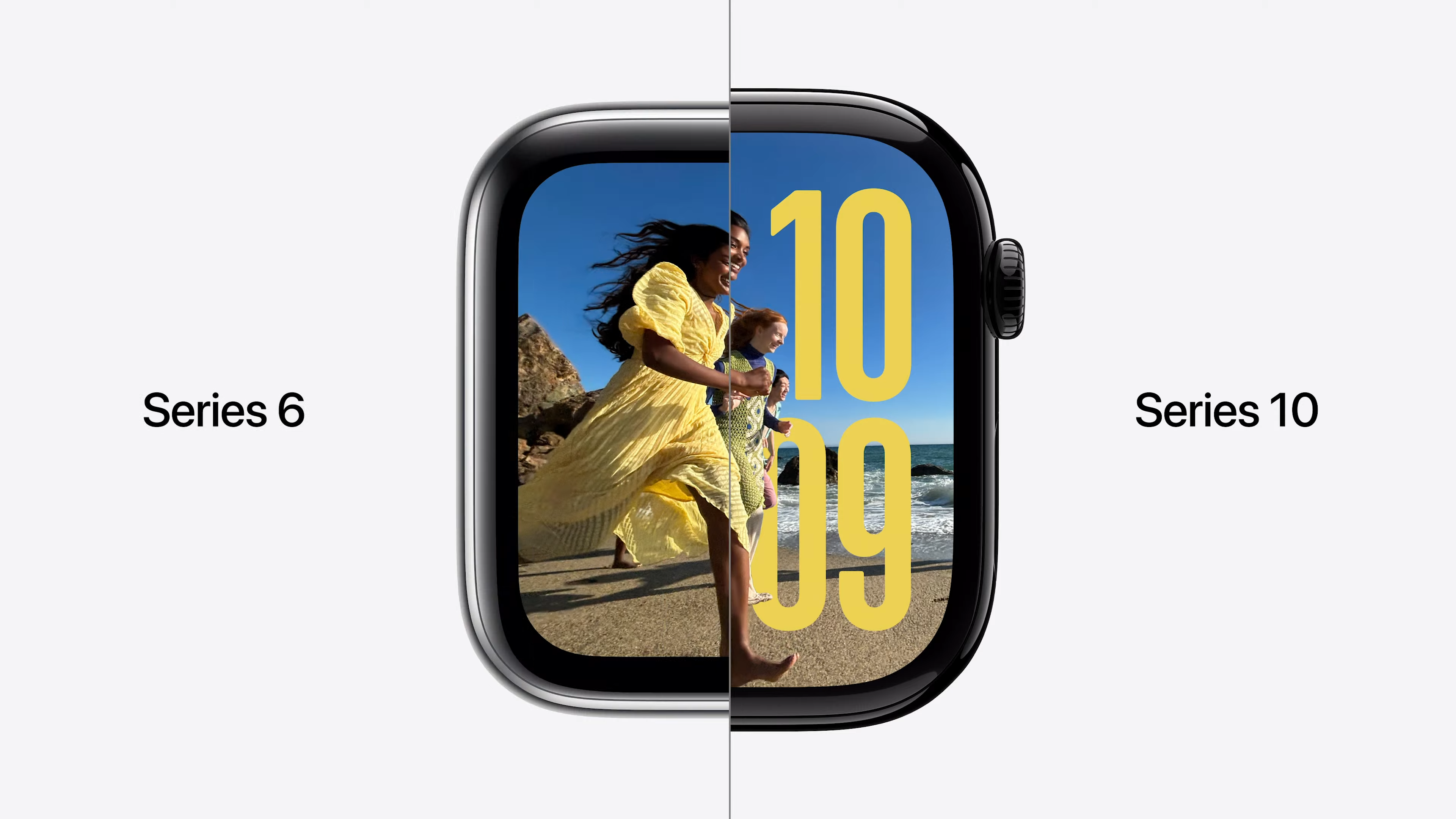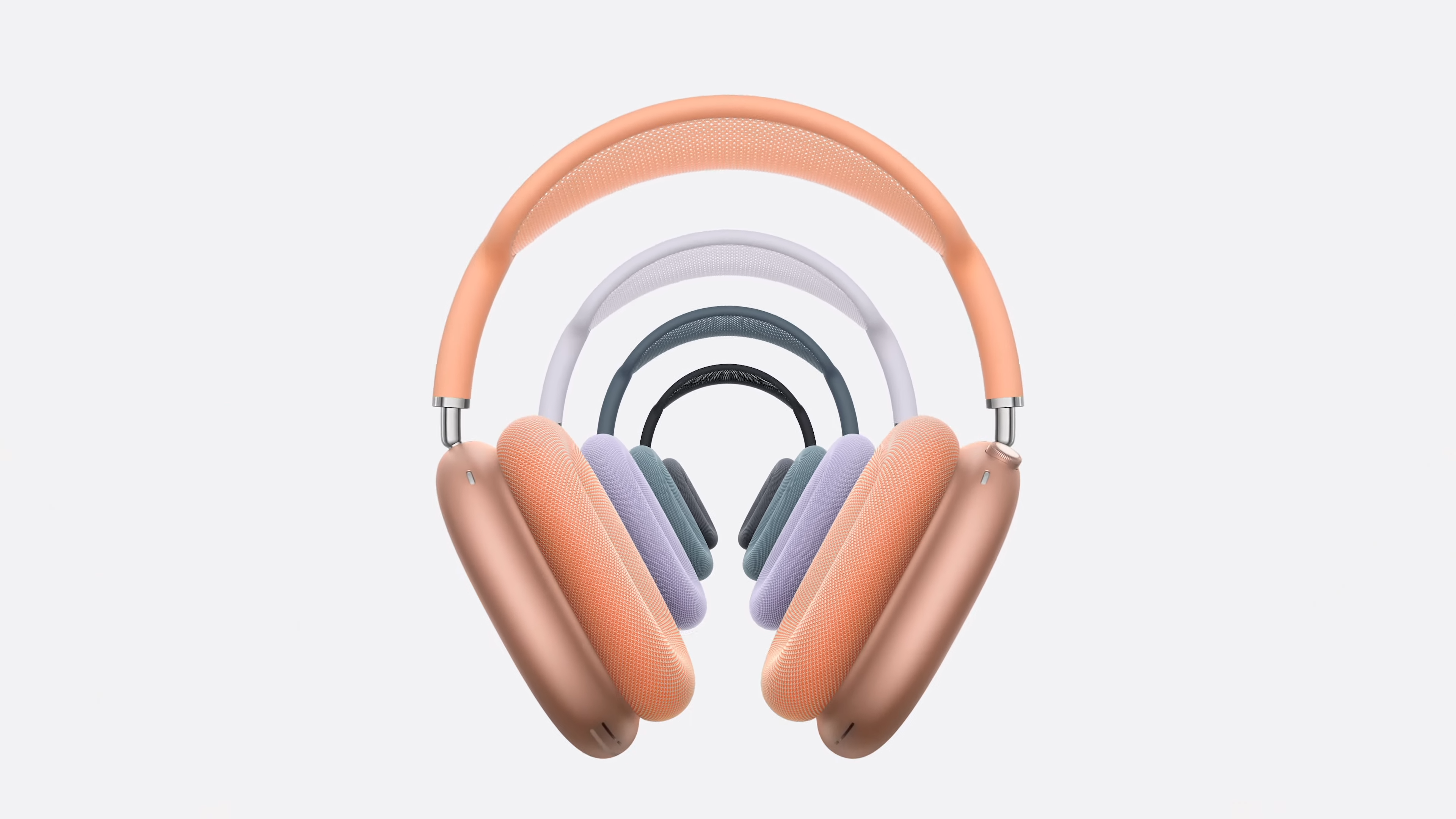This article covers a developing story. Continue to check back with us as we will be adding more information as it becomes available.
Like it or not, every Android phone uses the iPhone as a measuring stick — you have the Galaxy S24s and Google Pixel 9s of the world that try to go blow-for-blow with it, the OnePlus 13s and the Nothing Phone 2s that attempt to undercut it, and countless budget phones waiting to pick up the scraps. So when Apple launches a new iPhone line like it did today in Cupertino, it’s important that us Android fans pay attention.
We’re looking at Apple’s releases today through the lens of an Android user, so we won’t be getting into the details of what’s changed from an iOS user’s perspective here — instead, we’ll try to keep it high-level.
Importantly, Apple has kept with its past release patterns for the most part, launching a base iPhone 16 model and a larger iPhone 16 Plus alongside the iPhone 16 Pro and iPhone 16 Pro Max. The first two are true flagships, but you will only find some of Apple’s most cutting-edge features on one of the Pro options.
But today’s Apple event wasn’t just about phones — it also saw the launch of new AirPods models, including the premium on-ear AirPods Max, and the new Apple Watch Series 10 smartwatch.
What’s new with the iPhone 16, 16 Plus, 16 Pro, and 16 Pro Max?
Buttons are all the rage
Last year’s iPhone 15 Pro models featured a new action button that replaced the alert slider with a customizable shortcut key. This button makes its return this year and is now available on the non-Pro iPhone 16 models as well.
On the opposite side of the new iPhones (along the right edge towards the bottom if you’re holding the phone in portrait mode), there’s an all-new camera button that lets you snap shots in a hurry so you don’t miss the moment. Whether that’s using your right thumb while holding the phone upright or with your index finger while holding it in landscape mode is up to you.
Source: Apple / YouTube
There’s an interesting combination of hardware and software powering the new camera button. There’s a mechanical switch like most physical buttons, but there’s also a force sensor and haptics. To top it off, there’s a multi-pixel capacitive sensor along the surface of the button with a signal processor to recognize touch gestures.
Source: Apple / YouTube
Because of this hardware, the Camera Control button, as it’s called, can distinguish between a full click and lighter presses. Click the button to open the camera app, then click it again to capture a photo or click and hold to record a video. Once the Camera app is open, a single press brings up a new overlay with quick access to certain camera functions like zoom controls. You can then press lightly twice to see other controls, swipe along the button to scroll through the options, then press lightly again to select one.
Source: Apple / YouTube
Apple is billing the iPhone 16 lineup as its first devices built from the ground up for Apple Intelligence, its new AI platform meant to compete with the likes of Google Gemini and Galaxy AI. Interestingly, the Camera Control button gives it a unique advantage in this regard.
Apple Watch Series 10 revealed
It’s not all about iPhones
To kick off its presentation, the company showed off the all-new Apple Watch Series 10, and the headlining feature here is a larger screen with smaller bezels.
Source: Apple / YouTube
Much like Samsung’s Galaxy Watch 6, the new Apple Watch is capable of detecting sleep apnea. The watch uses data from its accelerometer to detect breathing disturbances while you sleep, though Apple has yet to receive FDA clearance for this feature, something Samsung managed back in February.
For swimmers, a new Depth app will launch automatically and leverage new depth sensor hardware when the watch detects that it’s underwater, showing the depth of your dives and water temperature. A new Tides app gives you tidal information to further complement its swimming features.
A new Apple Watch Ultra 2 colorway was also shown off at the event: A satin black finish with matching new bands, including a Milanese Loop band sold separately.
AirPods 4 and updated AirPods Max
USB-C options at either end of the pricing spectrum
Apple’s new AirPods 4 bring the company’s entry-level earbuds in line with some of its more expensive options. Despite a design that still lacks silicone ear tips to make a seal with your ear canal, the new AirPods 4 feature active noice cancelation (ANC). Apple is also including its Adaptive Audio and Spatial Audio features with its base model earbuds now.
For the first time, the charging case itself can now be wirelessly charged with an Apple Watch charger or the type of smaller Qi chargers that work with the Galaxy Watch and other earbuds. And to the delight of everyone except companies that make adapters, Apple has finally equipped the AirPods 4 charging case with a USB-C port.
An updated version of the super-premium AirPods Max also made its debut at the event. Not much has changed, but there are now four colors available and you finally charge them via USB-C. They’re still $549, though.
Source: Apple / YouTube
Source link

